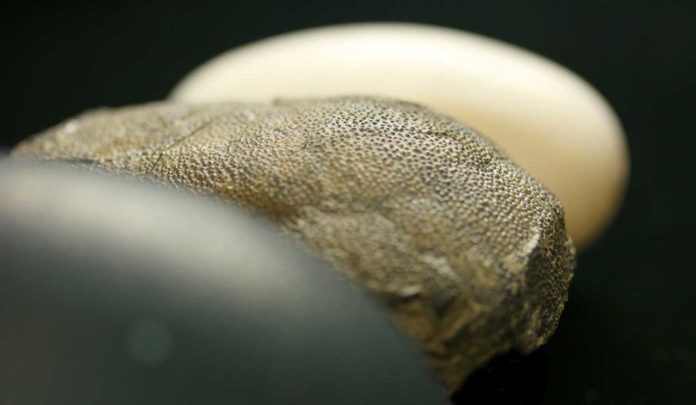Birds are the only living amniotes with colored eggs, which have long been considered to be an avian innovation. A recent study now has taken a second look at eggshells to demonstrate the origins of egg color in birds.
Scientists at Yale University have found that all colors and spots on modern birds’ eggs derived from a single evolutionary source among dinosaurs.
Some part of the finding originated from an analysis of pigments found in 18 fossil dinosaur eggshell samples from around the globe. Scientists tested for the presence of two eggshell pigments and discovered them in eggshells belonging to Eumaniraptoran dinosaurs, which include small, carnivorous dinosaurs, for example, Velociraptor.
But the puzzle for scientists had to do with whether pigments found in the shells of dinosaur eggs meant the eggs looked different to the naked eye. A certain level of pigment may have existed in the chemical makeup of the shells without showing in the outward color of the eggs.
Yale paleontologist Jasmina Wiemann said, “We demonstrate that our analytical approach actually targets egg color and not only egg pigmentation, as we need substantial concentrations of the red pigment, protoporphyrin, to elicit a positive signal for egg color. The result is the same. Egg color had a single evolutionary origin in eumaniraptorans.”
“We had the opportunity to directly address their question and test — thanks to the Yale Peabody Museum of Natural History’s egg collection — if there is, indeed, evidence for the red pigment in Siamese crocodile eggshells. We showed that there are no detectable quantities of protoporphyrin in the eggshells of Siamese crocodiles.”
A new, follow-up study published the week of June 20 in the journal Nature indicates that Wiemann’s initial conclusion was correct.
